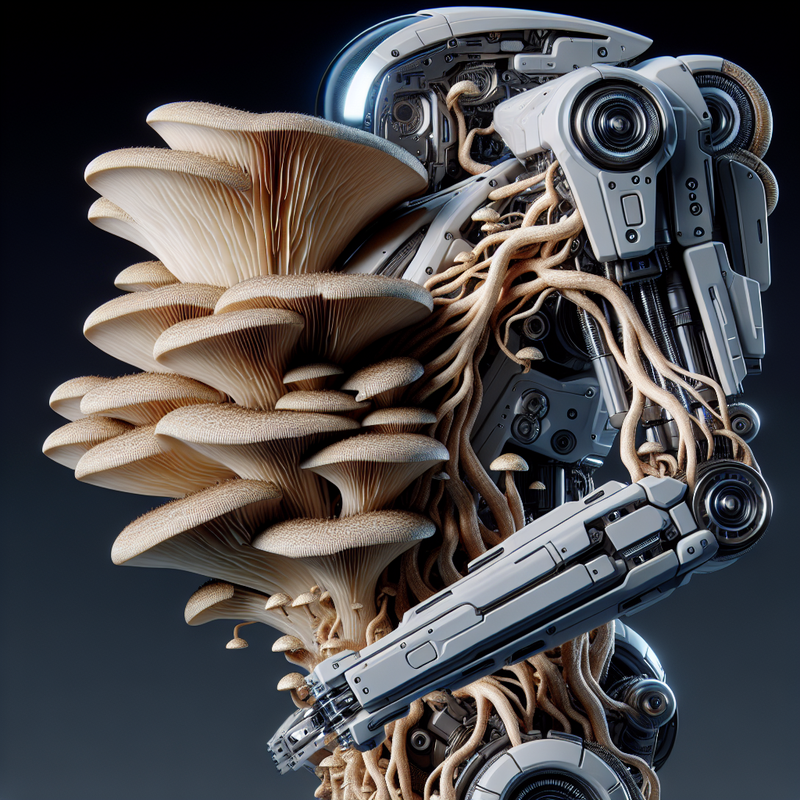In a groundbreaking experiment that intertwines the realms of biology and robotics
A cross-disciplinary team from Cornell University and the University of Florence has empowered a certain mushroom variety to pilot robotic crafts. This experimental endeavor facilitated the use of the king oyster mushroom’s (Pleurotus eryngii) mycelial networks to steer a pliant robot and a wireless vehicle.
The scientists harnessed the electrical signals produced by the mushrooms
They created an interface that converted environmental triggers—like ultraviolet light—into commands for the robots’ locomotion. “By incorporating mycelium into the robot’s electronics, we have crafted a biohybrid entity that is capable of perceiving and reacting to its surroundings,” revealed Rob Shepherd, a senior researcher and materials expert at Cornell University.
This synthesis of natural networks and robotic elements signifies a burgeoning segment of investigation
This area seeks to exploit the natural aptitudes of fungi. Renowned for their hardiness and straightforward propagation, mushrooms offer a fertile ground for creating adaptive sensory and computational elements in engineering projects.
Mushrooms’ mycelium responds to environmental shifts in a manner akin to the membranes of animal neurons
Seizing upon this parallel, the research team implemented algorithmic interpretations of the P. eryngii mycelium’s electrophysiological signals to steer a microcontroller, which, in turn, commanded the robotics.
Throughout various controlled tests, the researchers transmuted fungal responses into navigational orders
For a quintuply-limbed soft robot and a quadruple-wheeled vehicle. They were able to guide and override the mushrooms’ intrinsic impulses, hinting at the possibility of tailoring these biohybrid constructs for utilitarian applications.
Cornell-based biorobotics expert, Anand Mishra, pondered the deeper meaning of such collaborations:
“Projects like this go beyond the mere manipulation of robotic forms. They aim to forge an authentic nexus with living organisms.”
The potential for these biohybrid innovations spans several sectors
From agriculture—potentially improving precise applications of fertilizers or pesticides—to the healthcare industry, by tracking physiological conditions within the human body. Simpler mechanical frameworks may soon exhibit intricate reactions to a multitude of environmental alterations.
Offering insights into the sophisticated intercommunication of fungal constructs
This study’s findings were presented in Science Robotics, succeeding a preliminary dissemination from September 2024.

